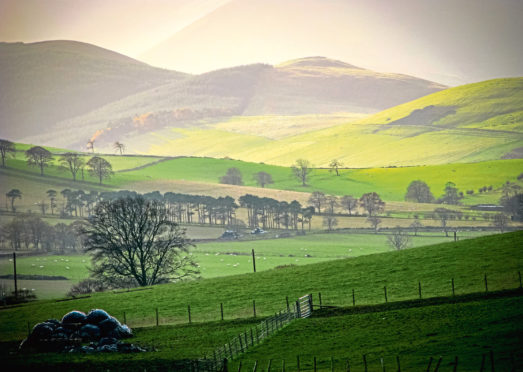There are some significant tax changes which have been introduced recently or are on the horizon that could impact farming and other rural businesses.
From April 6, 2020, when a residential property is sold the seller will be required to file a new standalone online tax return and pay any Capital Gains Tax (CGT) due within 30 days of completion of the transaction. Currently, if a surplus farm cottage is sold, the seller has between 10 and 22 months to pay any tax and the gain is included as normal in the self assessment tax return.
From a practical point of view, it will be important to obtain all the information required to calculate the gain early in the selling process. It will be necessary to have records of original cost, any capital improvements and in some cases valuations. Furthermore, to calculate whether the gain is chargeable to tax at 18% or 28%, it will be necessary to make an estimate of income for the tax year and factor in other capital gains/losses made earlier that tax year and any capital losses brought forward.
Penalties will apply for non-compliance and HMRC will be able to monitor disposals from Land and Buildings Transaction Tax returns.
There will also still be a requirement to include the gain in the year end self-assessment return and any further tax due or repayable will be included.
There is no requirement to file a return where the property has been a principal private residence throughout the period of ownership, there is a capital loss arising or the gain is covered by the annual CGT exemption (£12,300 from April 6).
If any sales transaction is under way there are advantages in completing before April 5.
Prior to the Budget announcement, if you stopped farming and subsequently sold your farm, provided you met all the qualifying conditions, Entrepreneurs’ Relief was available to reduce the rate of CGT to 10% on lifetime gains up to £10m.
The lifetime limit has now been reduced to £1m, meaning any qualifying gain will be charged at 10% on £1m and 20% on the balance. If a farm was sold and makes a gain of £2m the tax would be around £200k under the old rules but £300k now.
If from April 6, 2020 (April 1 for companies) capital expenditure is incurred on a new non-residential building the rate of allowance is increased from 2% to 3% per annum.
If you buy a new business car from April 6 (April 1 for companies), 100% allowances are available for electric vehicles with CO2 emissions of 0g/km. Cars with less than 50g/km will qualify for 18% writing down allowance annually and all other cars over 50g/km will attract 6% writing down allowance.
Many businesses will benefit from the rise in the Employment Allowance from £3,000 to £4,000. This allowance is given as a deduction from the Employers National Insurance contributions a business pays.
The limits for this scheme are changing from January 1 2021 to allow farmers with turnover below £150k to join the scheme. When farming turnover exceeds £230k there will be a requirement to register for VAT. The scheme allows farmers to dispense with filing VAT returns, charge 4% flat rate to VAT registered customers which the farmer keeps, but not recover any VAT on expenses etc.
The chancellor announced the fuel subsidy for red diesel for most industries was to be abolished. Fortunately, the farming industry is to continue to benefit from the subsidy saving 46.6p per litre when compared to industries such as construction.
Alan Taylor is a partner with Campbell Dallas.










